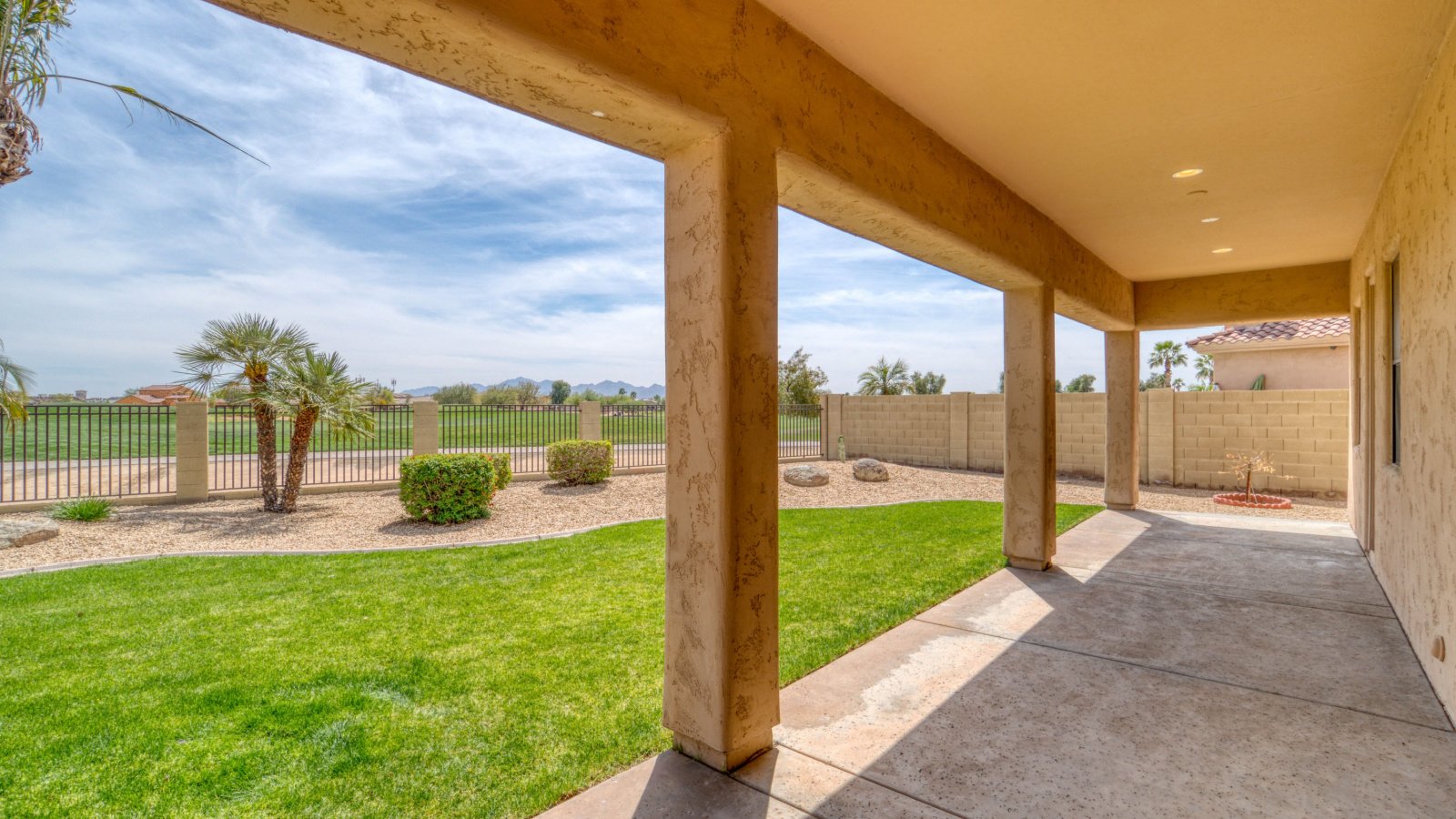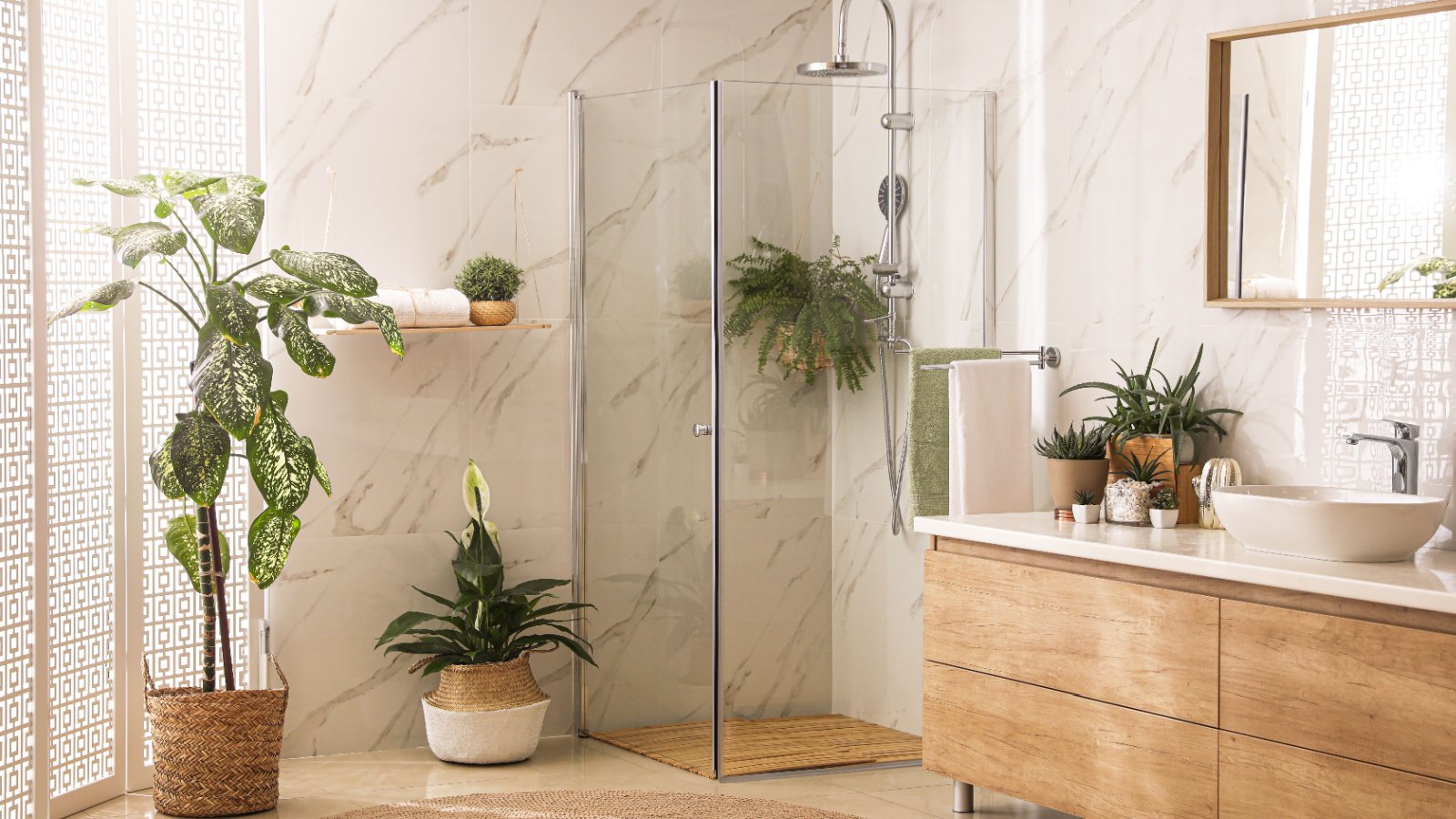Buying a home is a monumental commitment that demands careful scrutiny regardless if it’s a primary residence or a secondary investment property. There are several signs that a seemingly perfect house will definitely become a financial black-hold. We’ll explore several key indicators that help prospective homeowners avoid sinking their funds into a potential money pit that will leave no room for potential returns.
Foundation Issues

Check for cracks or shifts in the foundation, as these can indicate serious structural problems that will certainly require significant costs to repair with no direct increase in curb appeal. Foundation repairs can be extremely costly and complicated. If doors and windows don’t close properly, it might be a sign of foundation movement.
Outdated Electrical System

An old or poorly maintained electrical system can pose safety hazards and require a costly upgrade. Look for flickering lights, non-functional outlets, or an outdated fuse box, these are red flags that the electrical panel, system, or wiring could have further issues.
Poor Drainage

Standing water in the yard or water marks along the base of the house suggest poor drainage and could add weakness to a foundation. Effective drainage systems are crucial to preventing water damage, insect, and foundation issues. Inadequate drainage generally leads to more serious issues like basement flooding, cracked foundations, mildew, or mold.
Roof Wear and Tear

Look at the condition of the roof. Missing shingles, leaks, or an age nearing 20 years are indicators that the roof may need replacement soon. A new roof can be a significant expense, often costing between $15-$75 thousand dollars.
Pest Infestations

Signs of pest infestation, such as droppings, nests, or noticeable damage to woodwork, can signal hidden problems. Pest damage, particularly from termites or rodents, can be extensive and expensive to rectify. Professional inspections are essential to uncover the extent of the issue, but also look in every corner yourself, and be mindful of tiny mouse droppings in dark corners and cabinets.
Mold and Mildew

A musty smell or visible mold spots, especially around bathrooms, kitchens, and basements, indicate moisture problems. Mold remediation is costly and necessary to prevent health risks. It sometimes requires ripping out contaminants, fixtures, wood, and structures- depending on how bad the damage is. Persistent moisture issues can also hint at bigger problems like leaks or poor ventilation.
Inefficient Windows

Old, single-pane windows can lead to high energy costs and discomfort from drafts. Replacing windows with energy-efficient ones can be a significant expense. If the windows show signs of condensation or are difficult to open and close, consider this potential cost.
Old Plumbing

Rusty pipes, poor water pressure, or discolored water are signs of old or failing plumbing. Plumbing issues can lead to water damage and are often expensive to repair.
Cracks in Walls or Ceilings

Visible cracks in walls or ceilings can indicate structural movement or settling. While small hairline cracks might be cosmetic, larger fissures can signify major structural defects. Be wary of freshly painted areas that might be covering up these defects.
Stagnant or Musty Odors

Persistent odors can indicate issues that are not visible, such as mold, mildew, or hidden water damage. These smells often persist despite efforts to air out the home.
Faulty Heating or Cooling Systems

Inefficient or non-functioning HVAC systems can result in high replacement or repair costs. Be sure to check the age of the system and how well it has been maintained. Look for any signs of services or updates, as many service companies mark and label services and cleaning direction on appliances or on cards attached to these appliances for quick reference.
Poor Insulation

Inadequate insulation results in higher heating and cooling costs and can make a home uncomfortable. Check the attic to see if the insulation is up to modern standards and make sure insulations has not been ripped at or pulled apart by insects or rodents.
Water Pressure Issues

Low water pressure throughout the house can indicate problems with the plumbing system or main supply line. It may require costly repairs or even complete replacement of pipes. Test all faucets to assess water pressure before buying as water pressure issues sometimes are near impossible to simply fix in a poorly damaged or configured system.
Frequent Repairs

If the current homeowner reports frequent repairs, this could indicate that the house has ongoing issues. Constant need for repairs can be a drain on finances and may suggest underlying problems that are not immediately visible.
History of Multiple Owners

A house that has changed hands frequently might indicate problems that previous owners chose not to deal with. Research the home’s history to understand why it might be frequently sold. Frequent sales can not only be a red flag, but can also indicate an increased challenge is finding issues, as multiple owners may have fixed and made necessary changes, updates, and renovations to the house without updating new blueprints or surveys.
Signs of Deferred Maintenance

Obvious signs of neglect like peeling paint, overgrown landscaping, or unrepaired fixtures suggest the home may not have been well-maintained. Deferred maintenance can point to more significant issues below the surface. Homes requiring a lot of cosmetic repairs often hide deeper structural issues.
Incomplete DIY Projects

Incomplete DIY projects can indicate a homeowner biting off more than they could chew, potentially leaving hidden problems. These projects may not meet professional standards and could require more investment to correct. Always check if DIY projects have been completed to code— some towns will require an updated approval from the building departments on fundamentally new structures or significant updates than many DIY-ers ignore.
Unusual Renovation Choices

Odd or unconventional renovations might indicate DIY work that could have structural implications. Inspect such modifications closely, as they may not only detract from the home’s value but also pose safety risks. It’s wise to ensure all renovations have necessary permits and meet local building codes.
High Insurance Costs

Check if the home has unusually high insurance premiums, which might be due to being in a flood zone, having a history of claims, or structural issues. High insurance costs can significantly impact the overall affordability of the home. Research and understand the reasons behind high premiums before proceeding like flood zones or proximity to hurricanes.
Neighborhood Decline

The condition of the neighborhood can affect property values. Signs of decline, such as numerous foreclosures, businesses closing, or poor upkeep of nearby properties, can indicate potential decreases in property value.
Landscaping Issues

Improperly maintained landscaping can lead to problems like root invasions into foundations or plumbing lines. Overgrown vegetation close to the house can contribute to moisture problems and pest infestations. Evaluate the landscaping carefully, as resolving these issues can be costly. Also note how well manicured the current landscaping is, and lawn, tree, gardening and outdoor upkeep are the most overlooked expenses most new homeowners forget to budget for.







